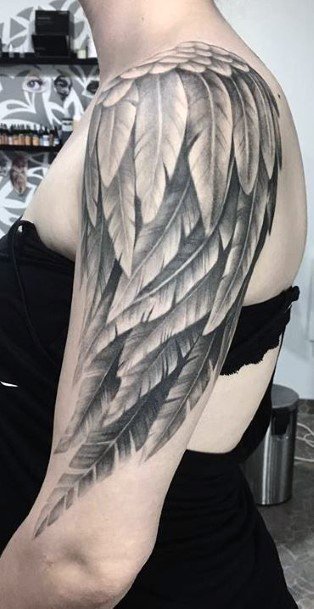

In addition to these changes you may get longitudinal ridging of the nails and reddish marks under the nails, called splinter haemorrhages, due to tiny burst blood vessels under the nails. These nail changes can take several months to grow out only after retinoids are stopped.
Nail connection skin#
Some nail changes are caused by using systemic retinoid medication, which can help the skin but may result in format ion of very thin nails which do not appear normal. Treating the fungal infection may not have any effect on the clearance of nail psoriasis. It is estimated that approximately 35% of people who have nail psoriasis may also have a fungal infection that could make the nails worse. If diagnosed correctly it can be treated with systemic antifungal medication. This could be present alongside nail psoriasis and can be confused in diagnosis. Onychomycosis (on-ik-o-mi-ko-sis) – a fungal infection that can cause thickening of the nails.Discolouration – this may be seen as unusual nail colouration, such as yellow/brown.Subungual hyperkeratosis of the toenails can be particularly uncomfortable because when wearing shoes the nail may be put under constant pressure. The nail becomes raised and can become tender, especially when the surface of the nail is pressed.

Subungual hyperkeratosis – a chalky substance accumulates under the nail.The nail can become infected and discoloured and can easily be mistaken for melanoma under the nail. The gap between the nail and the nail bed can become colonised by particular bacteria, such as pseudomonas, which can then produce a dark green pigment.
Nail connection Patch#
When it starts there is a white or yellowish patch at the tip of the nail, and this then extends down to the cuticle. Onycholysis – the nail becomes detached from the underlying nail bed and a gap develops under the nail.The number of pits can vary from one to dozens. Pitting of the nails – the surface of the nail develops small pits, looking rather like the surface of a thimble.These are the most common changes in nail psoriasis: What changes can occur with nail psoriasis? You can, however, develop severe nail changes with only minimal psoriasis. More usually, if the nails are involved there will be areas of psoriasis elsewhere on the body. On rare occasions, the nails can be the only site of the body affected. The severity of nail involvement does not follow the severity of psoriasis elsewhere in the body, although locally it can correspond to problems in the nearby joint of a finger or toe. Soothing these tissues can result in better nail growth with fewer features of psoriasis. Treatments are usually directed at the nail bed that supports the nail or the nail folds that tuck around the edges. The nail is made of modified skin and, once it has grown, it can only be altered by filing or clipping. These conditions are explained in the next section. Onycholysis, (on-ik -ol-is-is) subungual hyperkeratosis (sub-ung-gwal hi-per-ker-at-o-sis) and splinter haemorrhages (hem-or-ij-iz) are all caused by disease of the nail bed.


 0 kommentar(er)
0 kommentar(er)
